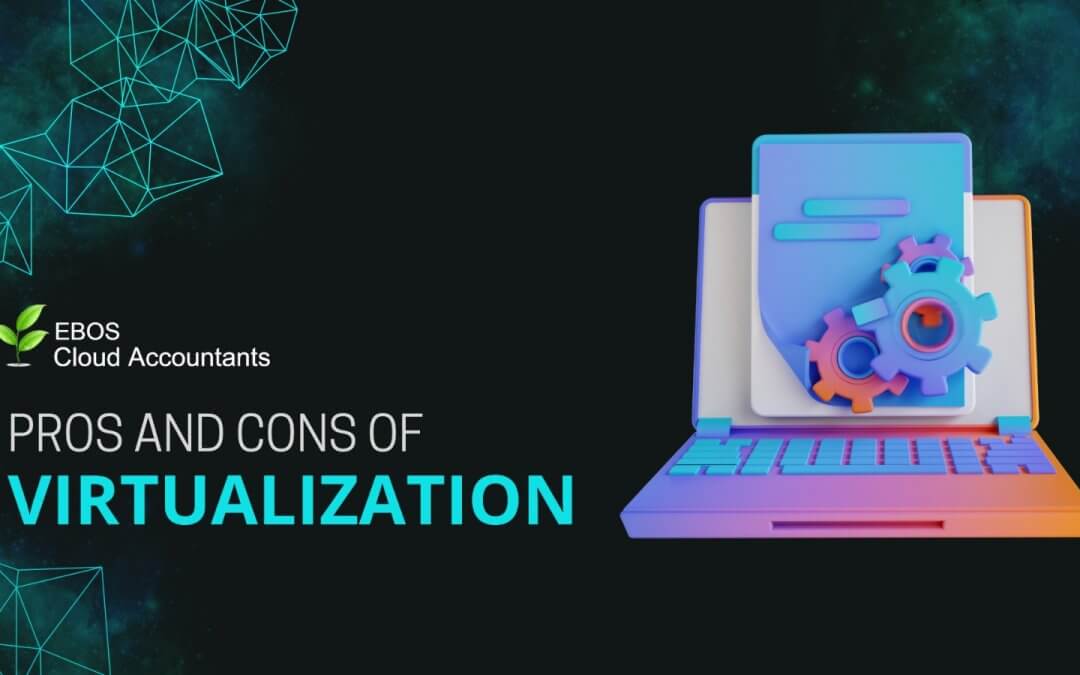In today’s fast-paced digital age, digitalisation and virtualisation have become increasingly prominent. More than ever, the world of IT is actively pursuing virtualization. Organizations are embracing virtualization due to the numerous benefits it offers. Furthermore, with the advent of the cloud, new businesses prefer to work in a virtual environment because it facilitates remote working environments.
Firstly, let’s understand what virtualization is.
What is virtualization?
Virtualization is a technology that allows you to create useful IT services using resources that were previously restricted to hardware. It enables you to use the full capacity of a physical machine by distributing its capabilities across multiple users or environments.
Virtualization has a number of advantages. It helps businesses with limited resources to stay on budget by eliminating the need to invest in large amounts of hardware. Virtual work environments also assist businesses with limited IT staff in automating and outsourcing routine tasks, as well as centralizing resource management. Furthermore, employees can access their data from any device, at any time.
However, virtualized environments also have their own disadvantages. Here are the main advantages and disadvantages of virtualization.
Advantages of virtualisation
- Reduced IT costs
Virtualization can help businesses save money in a variety of ways. For example, you can save money on capital expenditures by requiring fewer hardware servers and related resources to achieve the same level of computing performance, availability, and scalability. You also benefit from lower operational costs; once servers are virtualized, your IT staff can greatly reduce the ongoing administration and management of manual, time-consuming processes by automating operations, resulting in lower operational costs. Finally, you can reap the benefits of data centre and energy savings. As your company’s hardware and server footprint shrinks, you reduce your energy consumption by cooling power and data centre square footage, resulting in lower costs.
- Efficient resource utilization
Virtualization allows your company to make the most of its hardware and resource investments. As customer data centre environments grow in size and complexity, managing them becomes a burden. Virtualization can greatly help reduce this complexity by providing resource management capabilities to help increase efficiencies in these virtual environments. Traditional infrastructures that use multiple servers, on the other hand, do not make the most of their configurations.
- Scalability
Virtualization is a highly scalable technology. It enables you to easily create additional resources as needed by many applications, such as adding extra servers, with no significant time or financial investments. IT administrators can quickly create new servers because they don’t have to buy new hardware every time they need one. The ease with which additional resources can be created also helps businesses scale as they grow. This scenario may be suitable for small businesses that are rapidly expanding, or for businesses that use their data centre for testing and software development.
Disadvantages of virtualisation
- The upfront costs are hefty
The initial costs of converting a legacy system to a virtualized system are likely to be high as servers and software licenses can cost up to $10,000. However, as virtualization technology advances and becomes more widely used, costs will fall.
- Not all hardware or software can be virtualised
Not all servers and applications are suitable for virtualization. The main reason you may not virtualize a server or application is that the application vendor may not yet support or recommend it. Although more software applications are adapting to virtualization environments, licensing issues may arise due to multiple hosts and migrations. In terms of performance and licensing, you should determine whether your company’s critical applications perform well in a virtualized environment.
- It’s easy to get carried away with adding servers
Bear in mind that one of the primary goals and benefits of virtualization is resource efficiency. You should be cautious not to let the ease of creating servers lead to carelessness in allocating resources. One of the unintended effects of virtualization is server sprawl. Administrators begin adding new servers for everything once they realize how simple it is to do so and you’ll soon discover that instead of six to ten servers, you are now in charge of 20 to 30.
In conclusion, more businesses are utilizing virtualization and they must determine whether virtualization is truly beneficial to them. They must not always choose to follow the market trend, otherwise, it may be counter-productive for them. If they choose virtualization, they may need to modify their operational processes accordingly. But, most importantly, they must carefully weigh all of the advantages and disadvantages before making an informed decision about how to make the most of virtualization for their business.







